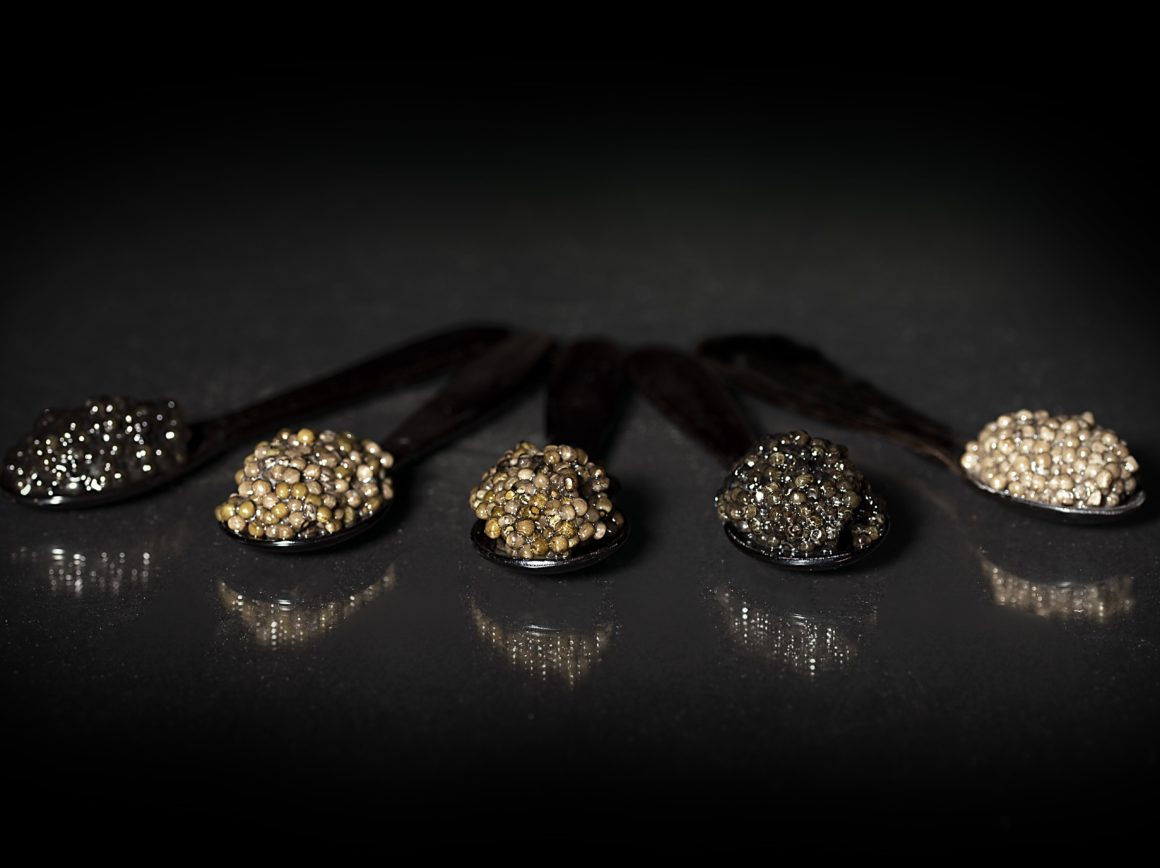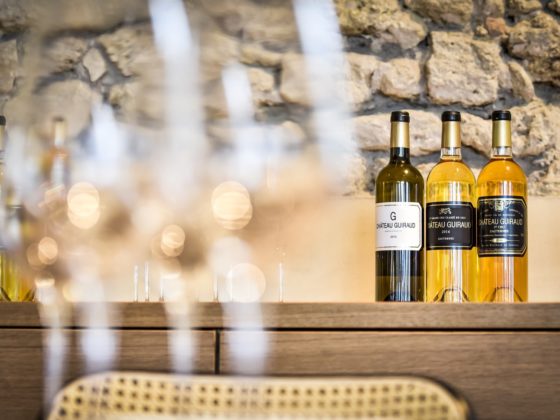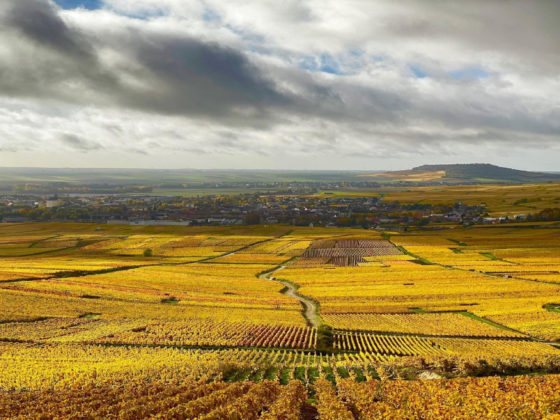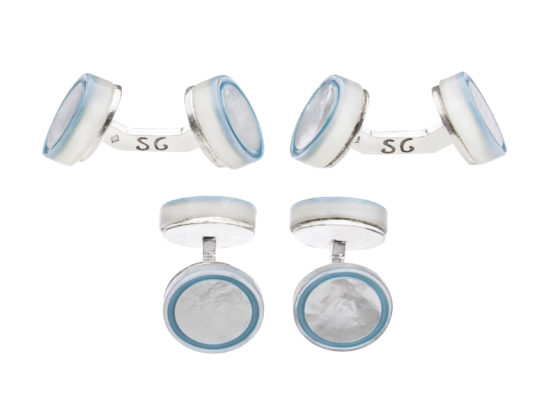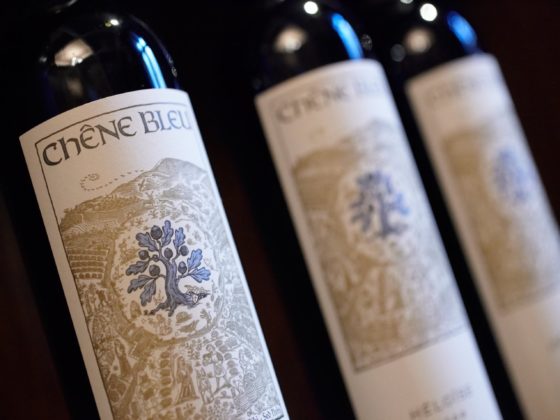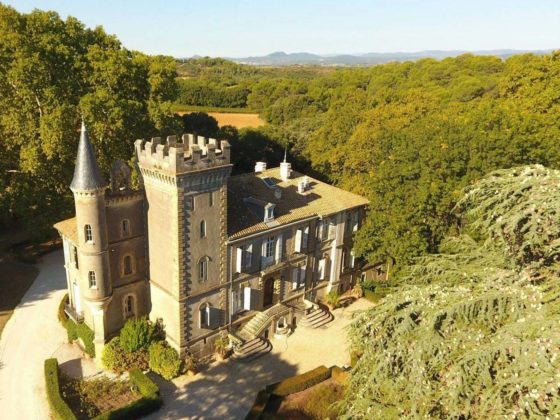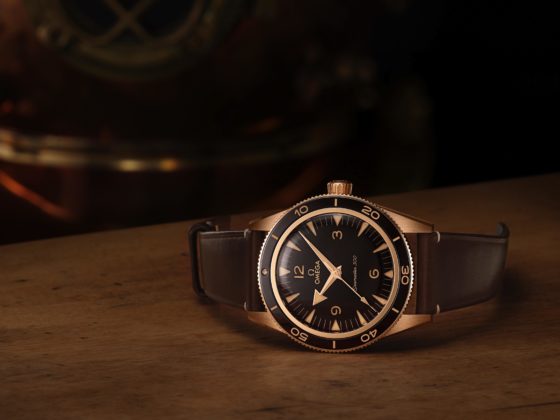Exactly one century ago, Emile Prunier gave birth to the first French caviar. The company, a symbol of excellence and the French art of living, continues to carry the colors of French caviar high, of which it remains the major player.
By Romain Rivière
It took audacity, a visionary spirit and perhaps a little luck to give birth to the first French caviar. Emile Prunier had all three when, in 1920, he served for the first time in his Parisian restaurant a sturgeon caviar caught the day before… in the Gironde.
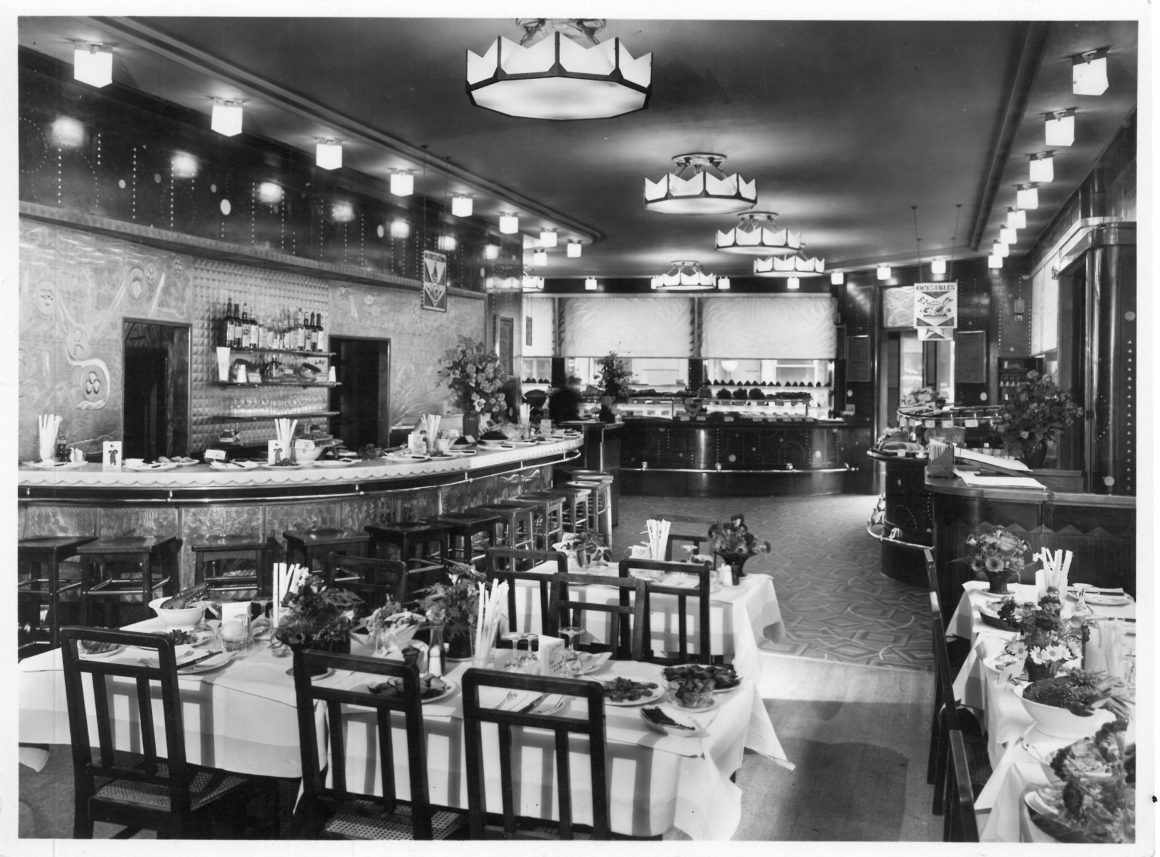
It all began in 1898, when the young man took over the family business following the death of his father Alfred Prunier, aged 49. At the age of 22, Emile Prunier found himself at the head of the Parisian restaurant founded by his parents on the Place de la Madeleine, and which had already been one of the places that counted among high society for several years. Particularly popular with members of the Russian imperial court, the establishment quickly specialized in Russian caviar. In a few years, driven by an ingenious and innovative spirit, Emile Prunier turned the company into a veritable empire of seafood products: Prunier has its own trawlers and oyster beds, and employs more than 600 couriers who deliver directly to the homes of the most demanding customers. As the official supplier of fish, oysters and caviar to many hotels and restaurants in Europe, Prunier dominates its world.

At the beginning of the 20th century, caviar still had a prominent place on the menu of Emile Prunier’s Parisian restaurant, but the war of 1914 quickly put an end to exports of Russian caviar, of which Germany was then the exclusive importer. Taking advantage of the inability of German companies to meet the new requirements imposed by the Soviet Union, Emile Prunier negotiated at the end of the war the exclusivity of the worldwide distribution of Russian caviar, thus making Paris the first place in the world for this exceptional product. At the same time, the company manager was informed by a regular of the restaurant, Mr. Blanc, of the presence of sturgeon in the Gironde and its tributaries, the Garonne and the Dordogne. But, according to the regular, they are caught only by the most experienced local fishermen, who discard the eggs after fishing. Stunned, Emile Prunier, with the help of a former captain of the white cuirassiers of the Tsar’s guard who had taken refuge in Bordeaux and was a connoisseur of caviar, immediately launched the first French caviar production: he had nine production and exploitation stations built around a few fishing villages, and set up a shipping unit in Saint-Seurin-d’Uzet. Thus equipped, he becomes not only the only restaurant owner in the world able to serve on his tables sturgeon eggs caught the day before, but also the first producer of French caviar. This marks the beginning of a new stage in the company’s development and international influence.

Prunier still plays a major role in this microcosm of French caviar – considered one of the best in the world -. By producing 17 tons of caviar per year in a market that produces 40 tons, the company remains at the forefront. To do this, it relies on its factory located not far from Bordeaux, in Montpon-Ménestérol. Prunier perpetuates a know-how inherited from a century of practice. Since the 90s, the Prunier factory has based its breeding on fish farming. She raises the Acipenser baerii, a Siberian sturgeon capable of reaching three meters in length and weighing several hundred kilos. Particularly adapted to captivity, this sturgeon, raised with water and food meeting the best quality criteria, gives its caviar after 8 years of growth.

In the vast basins of the factory, thousands of sturgeon live in the open air and are strictly monitored throughout the year. At maturity, the female undergoes an ultrasound to verify that the size of her eggs remains within the house standards. Once recovered, the eggs are then washed in pure water in several successive baths, then drained and salted according to a know-how developed under the direction of Emile Prunier one hundred years ago. Then comes the canning stage, in which the caviar, like wine, will continue to develop its aromas and texture for over a year.


